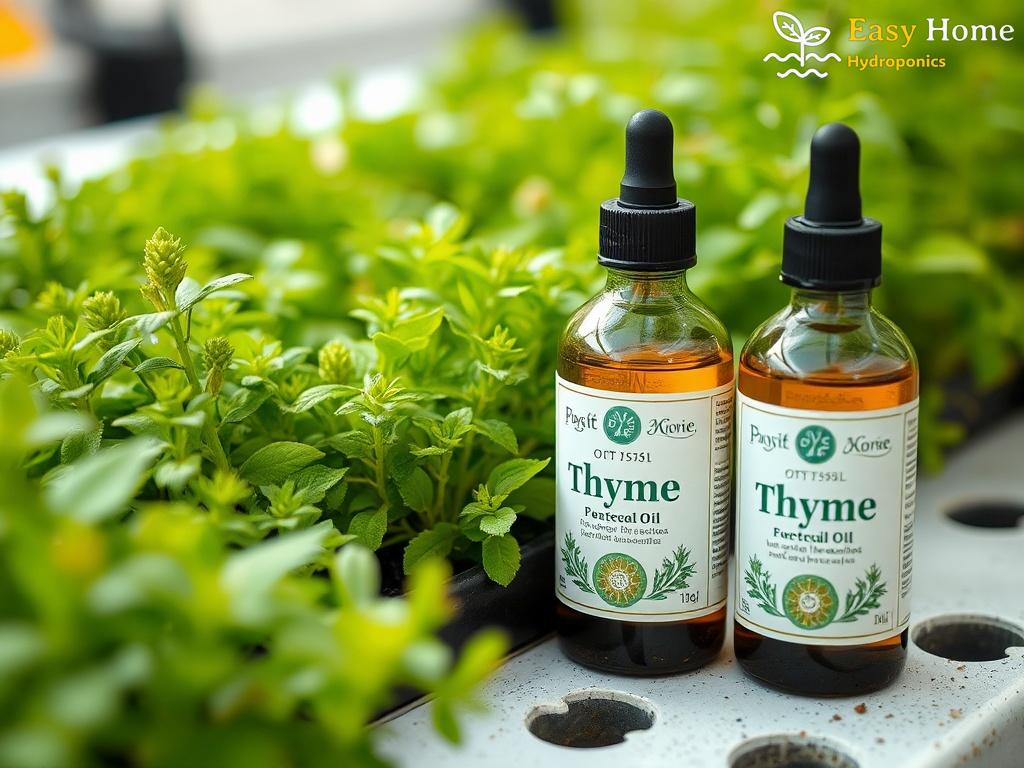In the pursuit of sustainable and efficient agricultural practices, hydroponics has emerged as a revolutionary method for growing plants without soil. However, hydroponic systems are not immune to pest invasions, which can jeopardize the health of plants and the overall yield. Enter diatomaceous earth (DE), a natural and eco-friendly solution that has gained popularity among hydroponic enthusiasts.
Understanding Diatomaceous Earth
Diatomaceous earth is a fine powder made from the fossilized remains of tiny, aquatic organisms known as diatoms. These organisms have a unique silica-based structure that gives DE its pest-repelling properties. When used in hydroponics, diatomaceous earth acts as a mechanical barrier against pests, rather than a chemical one, making it a safe choice for both plants and the environment.
The Benefits of Using Diatomaceous Earth in Hydroponics
Utilizing diatomaceous earth in hydroponic systems offers several advantages that contribute to healthier plants and a more sustainable approach to pest control. Here are some key benefits:
- Non-Toxic Formula: Unlike synthetic pesticides, DE is safe for use around children and pets.
- Mechanical Action: DE works by dehydrating insects that come into contact with it, effectively reducing pest populations without the use of harmful chemicals.
- Improved Soil Health: When integrated into the growing medium, diatomaceous earth can enhance soil aeration and water retention.
- Cost-Effective Solution: DE is relatively inexpensive and can be a long-lasting solution for pest control in hydroponic systems.
How to Implement Diatomaceous Earth in Your Hydroponic System
Incorporating diatomaceous earth into your hydroponic setup is a straightforward process. Here are the essential steps to ensure effective application:
- Choose the Right Type: Ensure you select food-grade diatomaceous earth for safe application in hydroponics.
- Apply Strategically: Dust DE around the base of plants and in areas where pests are most prevalent. Avoid applying it directly to the plant foliage.
- Monitor and Reapply: Regularly check for pest activity and reapply DE as needed, especially after watering or rainfall, which can wash it away.
- Combine with Other Methods: For optimal results, consider integrating diatomaceous earth with other organic pest deterrents.
In summary, diatomaceous earth presents a formidable, yet natural, solution for pest management in hydroponics. Its myriad benefits and ease of application make it an attractive choice for growers seeking to maintain healthy crops while adhering to sustainable practices.




